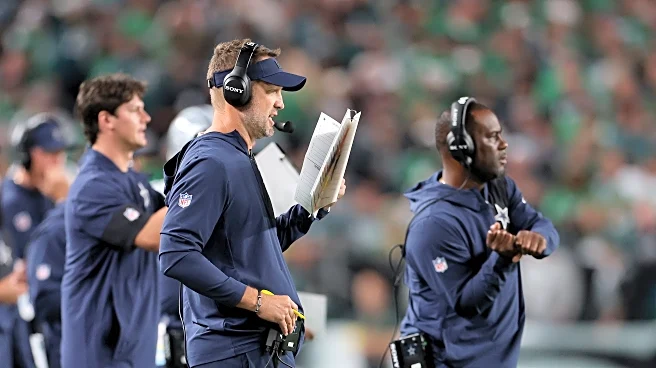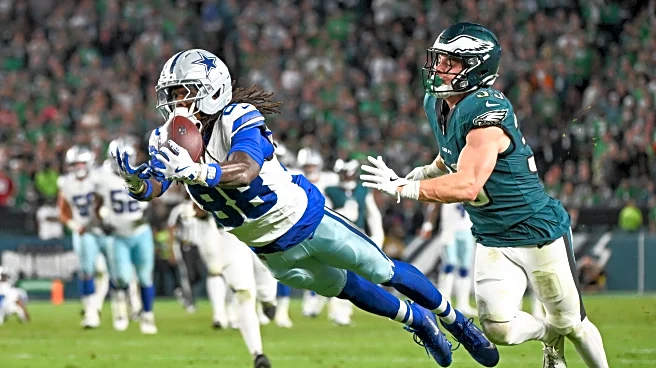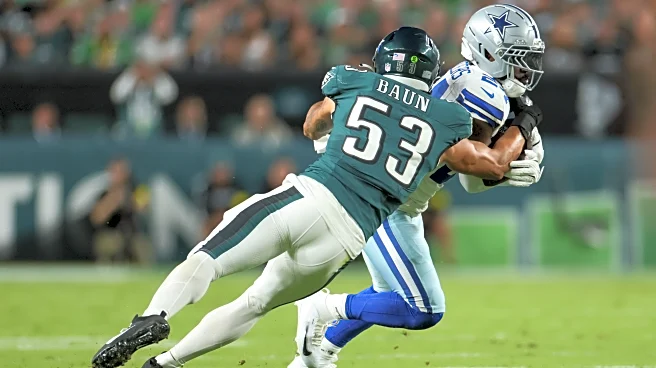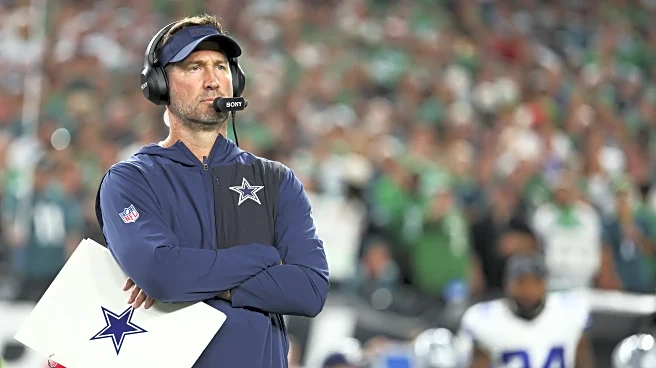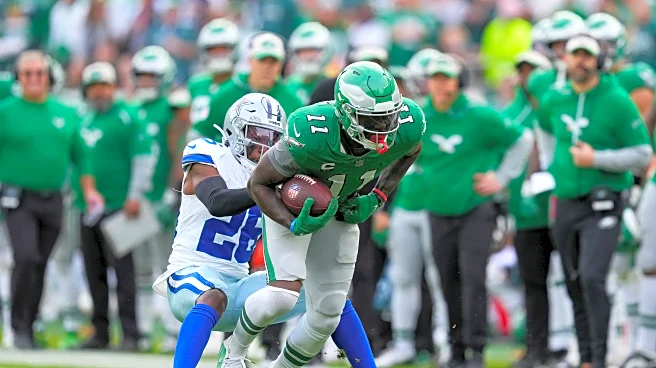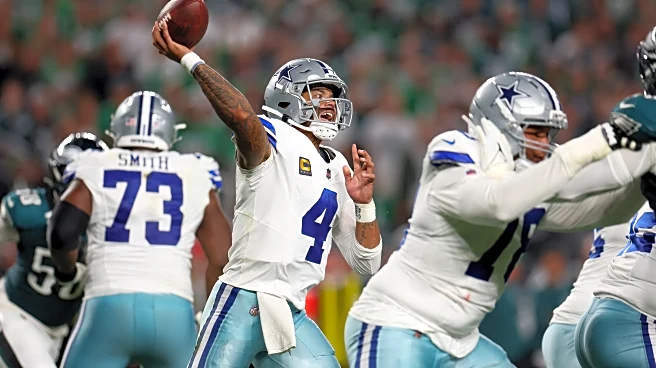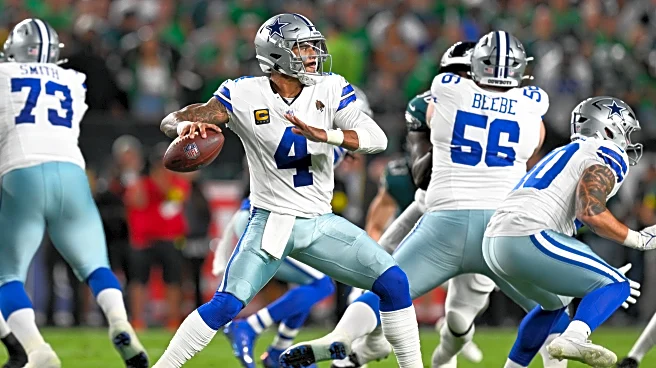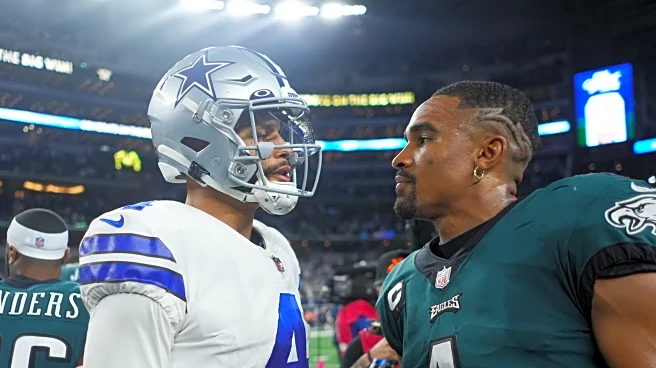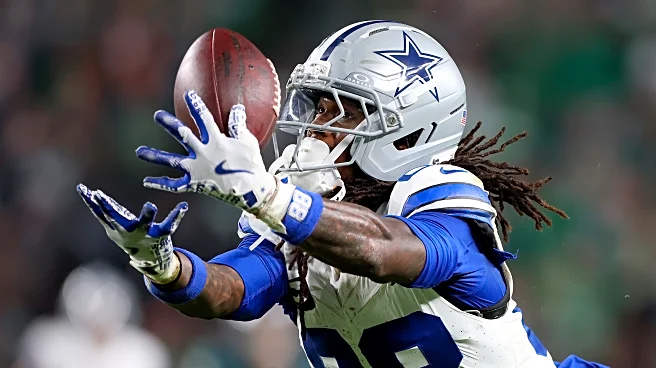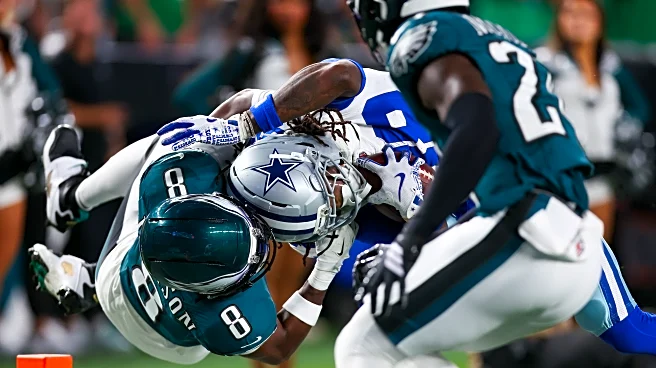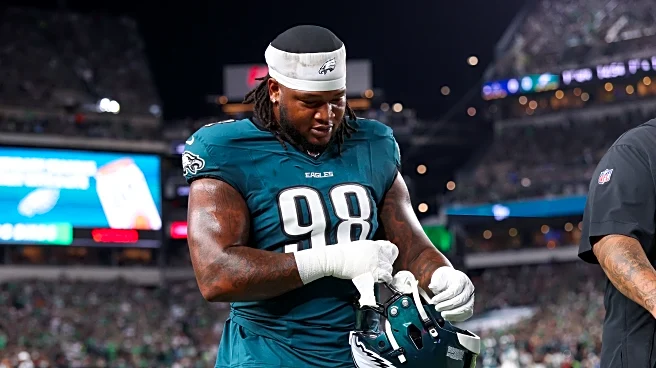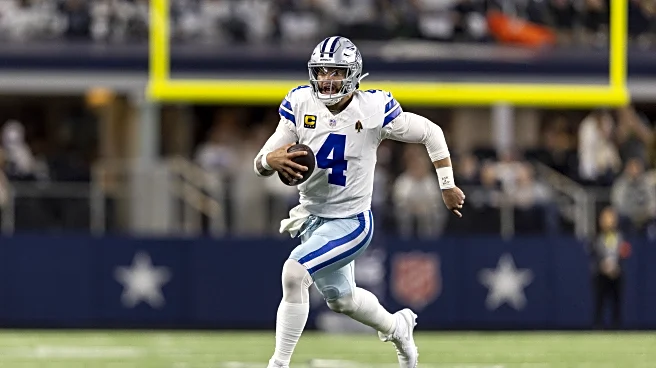
The anticipation for game one of the NFL season is unlike any other feeling for most football fans. The anticipation for the Cowboys week one game against the defending Super Bowl champs, the Philadelphia Eagles, made things even more exciting. With Dak Prescott back in the lineup and George Pickens added to the offensive fold, all eyes were on Brian Schottenheimer coaching in his first game as a head coach in the National Football League.
Schottenheimer has had plenty of experience calling plays
in the NFL, but September 4th, 2025 was the first time he was able to take the field as a head coach. Today we will take a deeper look at how Schottenheimer did as a play-caller and head coach in the Cowboys week one loss to the division rival Eagles.
Play-calling
There has been a lot of conversation around the Cowboys offensive identity this offseason. After disappointing showings in the preseason, many fans were expecting more of the same from the Cowboys offense in 2025. Boy were they wrong.
Let me preface this by saying things could change quickly, but after one week Brian Schottenheimer proved to be the real deal. First off, the Cowboys use of motion skyrocketed in week one of the 2025 season from where they have been under Mike McCarthy. On Thursday night, the Cowboys’ offense ran motion/shifts on 42% of their plays which would have ranked fourth in the NFL last season. This is coming off a season in which the Mike McCarthy led offense ran motion at a 29th highest rate in the NFL.
Motion is one of the easier avenues to open up advantages for offenses in the NFL and the Cowboys did an excellent job of creating clear pictures pre-snap and larger windows post-snap for the Cowboys offense.
Along with the use of motion, the Cowboys showed a good amount of play-action in week one as well, something they ranked near the bottom half of the league in last year. With the use of motion and play-action, the Cowboys did not have a three-and-out in week one and ended the game with a 81.5% series success rate.
We must also not forget to shout out Klayton Adams work as well when it comes to grading play-calling. Adams’ presence was felt in the Cowboys running game, especially in the first-half showing some pretty big differences in success rate throughout the game for the Cowboys rushing attack.
Play-calling Grade: A-
Game Management
For such a tight game, there were not as many crucial management decisions to grade Schottenheimer on in his first game at head coach. The few we will discuss may not seem like much, but gives us all something to keep an eye on as the season progresses.
On the Cowboys final drive before halftime, the Cowboys were able to drive 53-yards down the field and kick a 53-yard field goal to cut the deficit to 21-20 heading into the half. On the final few plays of the first half, Schottenheimer elected to use his third, and final timeout, after a nine-yard completion to George Pickens over the middle of the field. NFL coaches normally elect to spike the football to stop the clock in that situation and keep their timeout to use right before attempting the field goal. In this case, I actually agree with Schottenheimer’s decision to burn the final timeout with the football on the Eagles 45-yard line with 0:15 seconds left in the half.
If the Cowboys do the opposite, they are likely burning another four-to-six seconds off the clock to set up the spike, and allowing the Eagles to play their defense straight up against the Cowboys offense with a timeout to spare before the field goal. With no timeouts remaining, the Eagles played things how most defenses would, covering the boundary and not allowing the Cowboys to get out of bounds to stop the clock. Needing five-to-seven more yards to feel very comfortable about the field goal attempt with Brandon Aubrey, the Cowboys offense perfectly executed a 10-yard pass to CeeDee Lamb in the middle of the field and stopped the clock with a spike with three seconds to spare.
The other topic of conversation came from the Cowboys final drive right before the two minute warning in the fourth quarter. On fourth and three at the Cowboys 45-yard line, Schottenheimer elected to run the clock down to the two minute warning, instead of hurrying up to get a play off on fourth down to get an additional clock stoppage. Just like the other decision, I agreed with Schottenheimer’s approach. With the game on the line on fourth down, getting the timeout at the two minute warning allows the Cowboys offense to reset and make sure they have their best play call dialed up with a chance to win the game coming out of the two minute warning.
After the fourth down attempt went through Lamb’s hands, plenty of Cowboys’ fans wanted the additional timeout in their pocket to try and get the ball back if the defense was able to stand up against the Eagles offense. In this instance I would place more value on the ability to get in the perfect play call on a key fourth down in a have-to-have-it situation than getting clock stoppages and having to go the length of the field (with how Braden Mann was punting the ball) for a touchdown with zero timeouts if Dallas was able to get another stop after the failed fourth-down attempt.
Game Management Grade: B+
Conclusion
All-in-all it is hard to ask anything more of Brian Schottenheimer in his first game as a head coach and play-caller in the National Football League. The Cowboys were in prime position to beat the defending Super Bowl Champions, and many people’s favorites to win the NFC again in 2025, on the road, just a few days removed from trading their best player. If CeeDee Lamb is able to haul in two of the four football’s that he should have or the Matt Eberflus led defense has better success in the first half, we would be talking about the Cowboys winning one of their more impressive games as a football team in the last decade plus.
That’s all you can ask for from a guy no one gave much of a chance to at the time he was hired earlier in the offseason.
